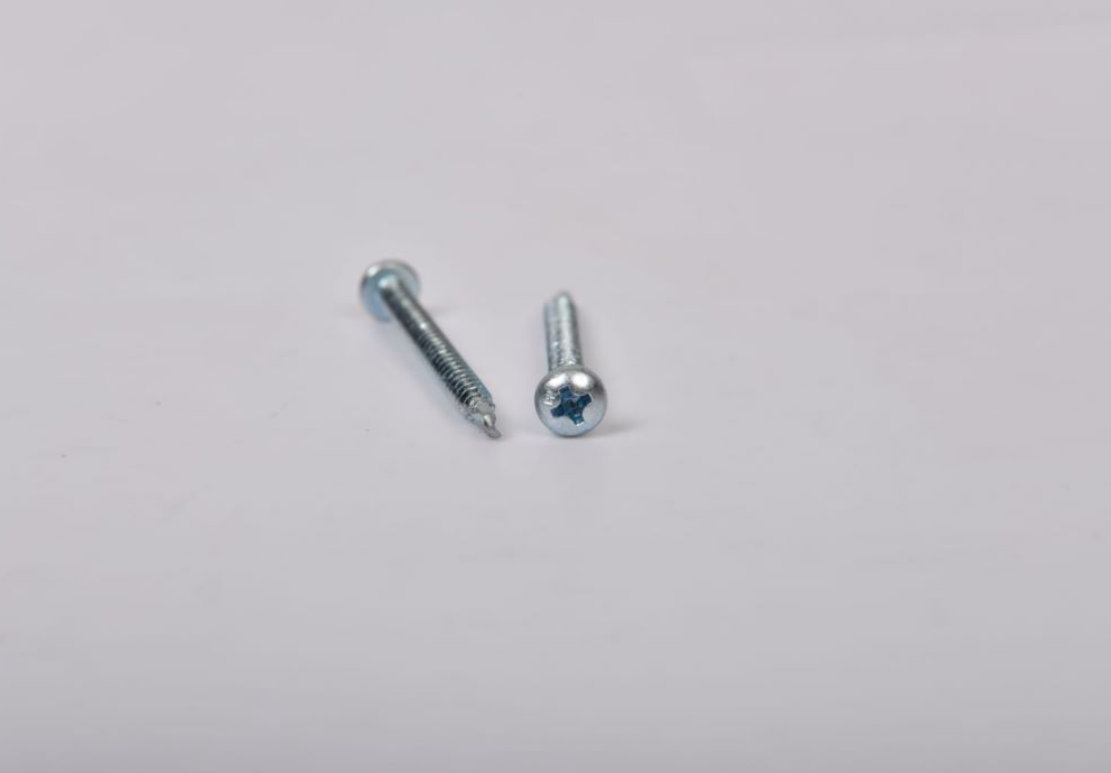Choosing the Right Length for Normal Drywall Screws for Your Project
Understanding Normal Drywall Screw Length A Comprehensive Guide
When it comes to home construction and remodeling, drywall installation is a common task that requires careful attention to detail. Among the various tools and materials needed for this job, drywall screws play a crucial role. One of the most frequent questions asked by DIY enthusiasts and professionals alike is, “What is the normal drywall screw length?” Understanding drywall screw lengths is essential for ensuring a secure and efficient installation.
Types of Drywall Screws
Before diving into the lengths of drywall screws, it's important to understand the types available. Drywall screws typically come in two main varieties coarse-thread screws and fine-thread screws. Coarse-thread screws are ideal for attaching drywall to wood studs, while fine-thread screws are better suited for metal studs. The choice between the two largely depends on the structure you are working with.
Standard Lengths for Drywall Screws
Drywall screws come in a range of lengths to accommodate various drywall thicknesses. The most common drywall thicknesses are 1/2 inch and 5/8 inch, and therefore, the screw lengths that are typically used with these drywall types are
- For 1/2 inch drywall The standard screw length is 1 1/4 inches. This length ensures that the screw penetrates adequately into the stud without risking damage to the drywall surface. - For 5/8 inch drywall The recommended screw length is 1 5/8 inches. This extra length provides sufficient grip into the stud while maintaining the integrity of the drywall installation.
In some cases, thicker drywall or specific construction needs may require different lengths. For instance, if you are installing multiple layers of drywall, you may need to opt for longer screws, such as 2 inches or more, to ensure that they reach the stud securely.
Factors Influencing Screw Length Choices
Selecting the right screw length goes beyond just drywall thickness. Several factors can influence the decision on the appropriate drywall screw length
normal drywall screw length

1. Stud Material The material and condition of the studs (wood or metal) will affect the choice of screw length and type. Metal studs generally require fine-thread screws, while wood studs are best suited for coarse-thread screws.
2. Drywall Type There are various types of drywall available—standard, moisture-resistant, and fire-resistant—all of which have different thicknesses and structural properties that may necessitate different screw lengths.
3. Installation Technique Whether you are using a drywall lift, installing ceilings, or attaching drywall to the walls, your technique may require different lengths for optimal strength and stability.
4. Environmental Considerations In areas prone to moisture, using screws designed to resist corrosion may be crucial. For instance, using stainless steel or coated screws can help prevent rust and maintain the integrity of the drywall installation over time.
Best Practices for Using Drywall Screws
To ensure a successful drywall installation, consider the following best practices
- Space the Screws Correctly Typically, screws should be spaced about 16 inches apart on the studs. This spacing provides adequate support and minimizes the risk of drywall sagging or cracking. - Sink Screws Properly The heads of drywall screws should be slightly recessed below the surface of the drywall to allow for joint compound application. However, be careful not to overdrive the screws, as this can damage the drywall.
- Choose High-Quality Screws Investing in high-quality drywall screws can make a significant difference in the durability and performance of your installation. Look for screws that are specifically designed for drywall use.
Conclusion
Choosing the correct drywall screw length is a key factor in ensuring a successful drywall installation. Whether you are a DIY enthusiast or a seasoned professional, understanding the different screw types, lengths, and installation techniques will contribute to a more streamlined process and better results. By considering the factors that influence your choice of screw length, you can ensure that your drywall installation is secure, stable, and built to last. Happy building!
-
Top Choices for Plasterboard FixingNewsDec.26,2024
-
The Versatility of Specialty WashersNewsDec.26,2024
-
Secure Your ProjectsNewsDec.26,2024
-
Essential Screws for Chipboard Flooring ProjectsNewsDec.26,2024
-
Choosing the Right Drywall ScrewsNewsDec.26,2024
-
Black Phosphate Screws for Superior PerformanceNewsDec.26,2024
-
The Versatile Choice of Nylon Flat Washers for Your NeedsNewsDec.18,2024










